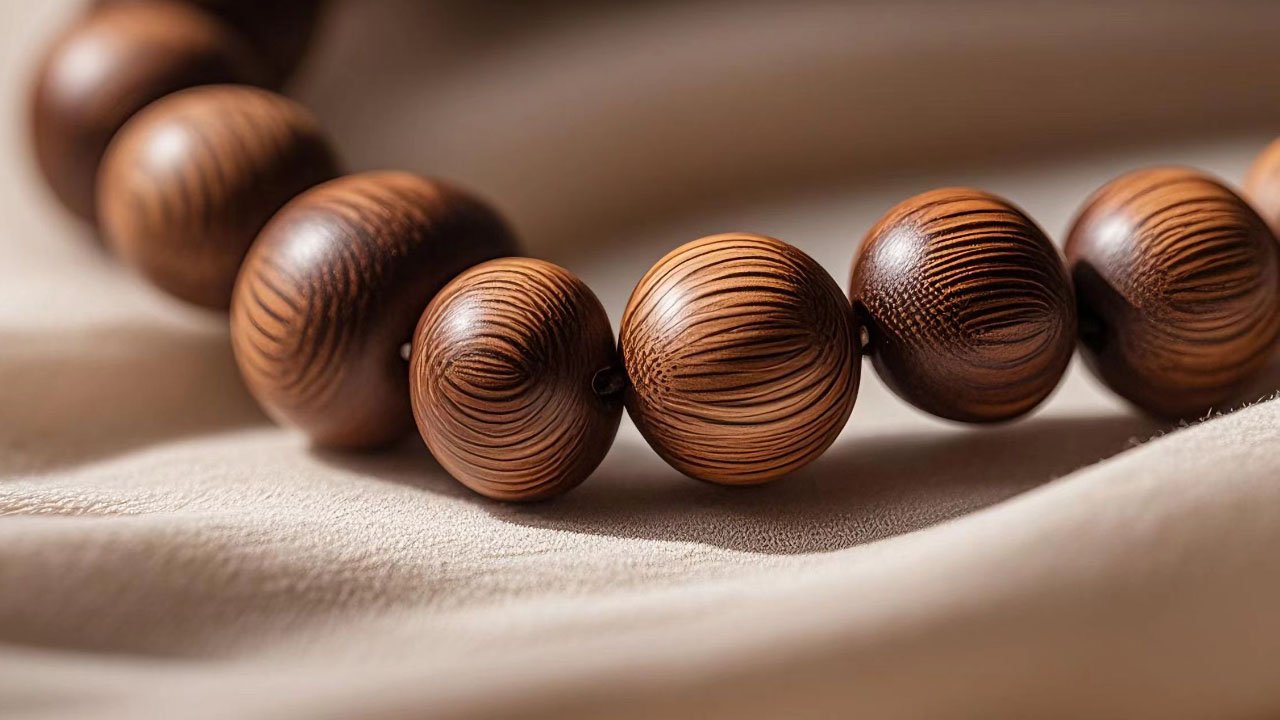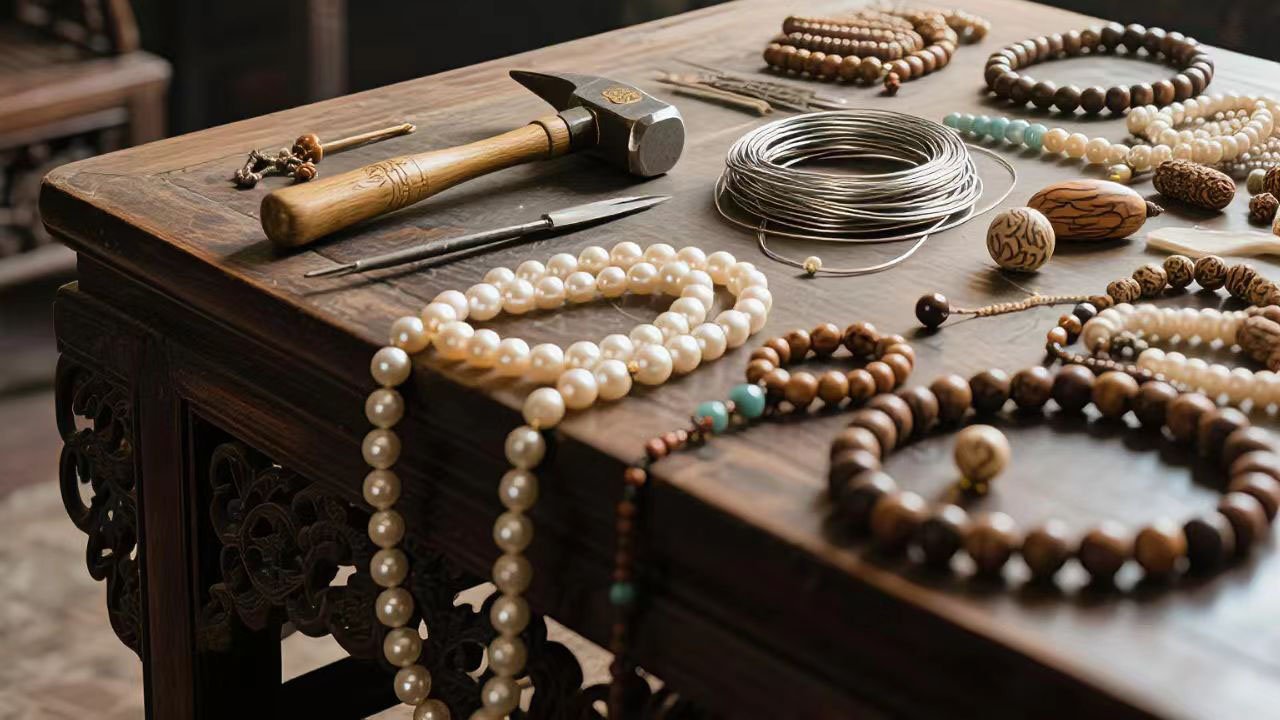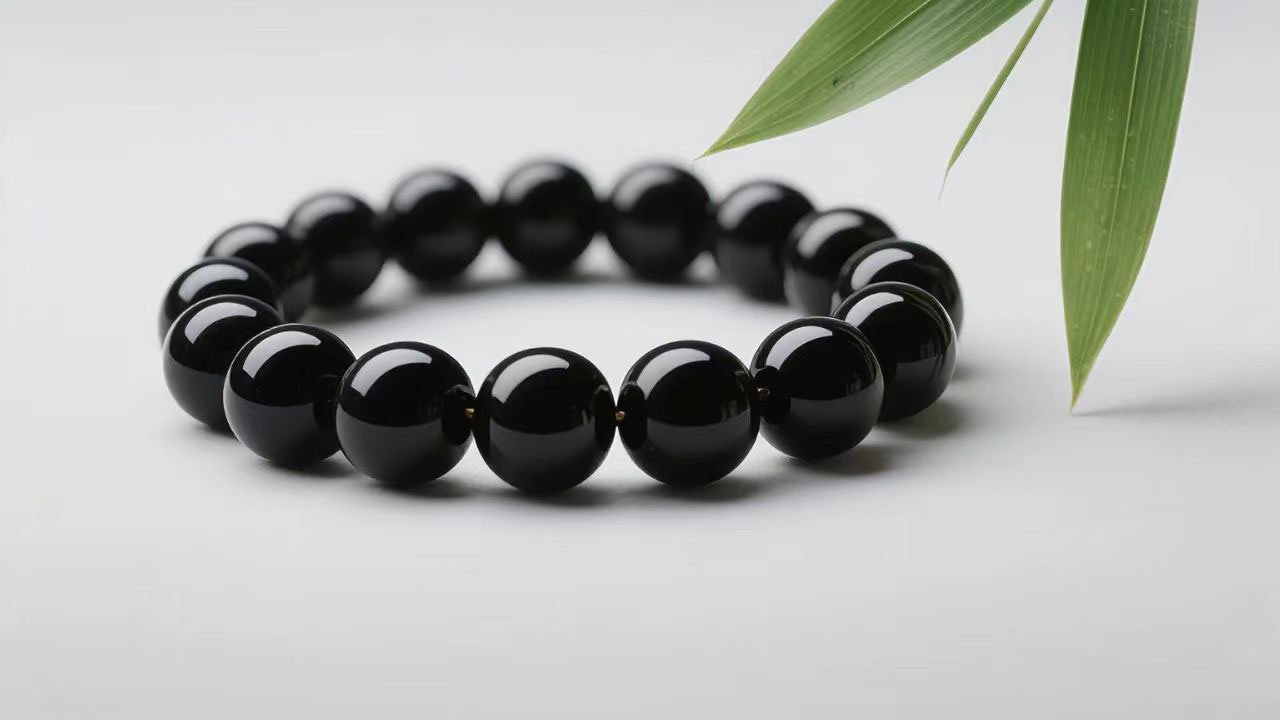About Us
Inheriting culture, cultivating one’s character with peace of mind
Material Selection

Carefully selected natural precious materials: Indian small leaf rosewood, Nepalese phoenix eye bodhi, Burmese old mountain sandalwood... Each bead comes from a natural gift, and after years of sedimentation, the texture is naturally formed.
Ancient craftsmanship

Hand polishing: Craftsmen follow ancient methods and go through dozens of manual carving processes to ensure that the beads are round and smooth, with a touch as warm as grease.
Profound implications

Holding Buddhist beads is not only a practice, but also a way of life attitude. Different materials correspond to special symbols in Buddhist culture, helping you cultivate your heart and pray for blessings.
Our Buddha Beads - Craftsmanship Selection
1. Material selection
-Carefully selected natural precious materials: Indian small leaf rosewood, Burmese old mountain sandalwood… Each bead comes from a natural gift, and after years of sedimentation, the texture is naturally formed.
2. Ancient craftsmanship
-Hand polishing: Craftsmen follow ancient methods and go through dozens of manual carving processes to ensure that the beads are round and smooth, with a touch as warm as grease.
3. Light up blessing
-Buddha beads collaborate with renowned Buddhist monks to provide enlightenment services, imbue spiritual meaning, and convey blessing energy.
Function and usage scenarios
**Practice partner**
During daily chanting and meditation, plucking Buddhist beads with fingertips helps to focus the mind and settle distracting thoughts. The 108 structure design facilitates cyclic counting and deepens the meditation experience.
**Life Aesthetics**
As a cultural accessory, Buddhist beads can be paired with simple clothing to convey a low-key Zen style; It is also suitable for gifting to friends and family, expressing peace wishes.
FAQ
ask us
anything
What are the materials of Buddhist beads?
Common materials include sandalwood (such as small leaf rosewood, old mountain sandalwood), agarwood, bodhi (star moon bodhi, diamond bodhi, etc.), crystal, agate, jade, etc.
Has the bead been dyed or painted?
Handmade bracelets are all made of natural wood, retaining their original color, and the inner and outer colors are brighter due to surface polishing. The bracelet is not painted or colored. (If there is painting or coloring, it will be indicated)
Why hasn't there been any glossiness after wearing it for 2 days?
When wooden beads are first purchased, they will be polished with a machine to make their surface shiny. This luster will gradually disappear with play or wearing, and it will also become dull after contact with water or sweat. Therefore, after wearing for a few days, the beads may no longer have luster. As long as you continue to play and rub regularly for a few minutes, the beads will regain their luster.
Will the bracelet fade?
The color of colored wood beads is also a plant pigment, and it will naturally fade under external stimulation. Therefore, after making beads, there will also be color fading in the early stage. It is recommended to rub the cotton cloth for 1-2 weeks, and the surface of the beads will oxidize to form a protective film, so there will be no color fading problem
Can bracelets be soaked in water? What if I touch water?
Wooden beads should not be soaked in water, and should not be worn for swimming or bathing, otherwise they are prone to water absorption and cracking. If the plate is coated with patina, it is okay to touch it with a small amount of water. If it accidentally touches water in the early stage, it is necessary to wipe it dry with a cotton cloth and apply maintenance oil to the plate in a timely manner.
How to play and maintain beads?
1. Don’t put pressure on the bead plating, and don’t rush it. Plate for about an hour each time, two or three times a week is enough. After finishing the plating, gently rub it with a cotton cloth. Hand bead coating is a process that accumulates over time, and it is important not to plate vigorously every day or rush.
2. People may not adapt to the local environment, and beads are naturally the same. When beads arrive in a cold place, don’t rush to play with them. Please put them in a sealed bag and let them sit for one or two weeks to adapt to the local environment before taking them out of the plate. When not in use, wrap them in a sealed bag, especially in autumn and winter, and pay attention to maintenance. The northern climate is dry, and due to regional climate differences, there is a high probability of cracking.
3. Unfinished beads should not get wet or sweat stained. Wood has brown eyes, just like human blood vessels. When polishing new beads, please try to avoid getting wet or sweat stained. If water enters the brown eyes and evaporates, it may cause the wood to crack and lose its luster.
4. There is no fixed method for playing with wooden beads and forming a patina process. In fact, this is to allow the oil of the wood itself to fully overflow from the conduit hole. Playing with a cotton cloth can effectively lubricate the surface of the beads, so there must be intervals between the beads to allow the oil to fully overflow. This way, repeated playing can make it easier to form patina.
How to distinguish between genuine and fake materials?
Sandalwood: Genuine with delicate texture and fragrant aroma; Fake products have a pungent odor and blurry texture.
Agarwood: Genuine oil with natural lines, rich and long-lasting fragrance; Fake products have a short-lived or chemical scent.
